The American Plate in Transition: An Expert Review of the US Plant-Based Protein Market and Its Transatlantic Comparison
Author: Dr. Evelyn Reed, Senior Research Fellow, Institute for Food Systems & Sustainability
Executive Summary & Key Conclusions
The plant-based protein sector in the United States represents one of the most dynamic and disruptive forces in modern food history. Moving beyond a niche health-food category, it has exploded into a mainstream movement driven by converging consumer values: health, sustainability, and ethical consumption.
Our research concludes that while the US market is characterized by its scale, intense innovation, and “meat-mimicry” focus, the European market is often more mature, regulated, and rooted in whole-food traditions. The American market is currently in a phase of product optimization and market consolidation following a period of explosive growth. Meanwhile, Europe is advancing with stricter regulations and a stronger emphasis on clean-label and sustainability branding.
This article provides a detailed, evidence-based analysis of the US plant-based protein landscape, a point-by-point comparison with Europe, and data-driven conclusions on the future of protein consumption.
1. The US Plant-Based Protein Landscape: A Market Forged by Innovation
The US plant-based food market is valued at over $8 billion, with plant-based meat alone accounting for $1.4 billion (Source: GFI, 2023). This growth is not a fleeting trend but a fundamental shift in the American diet.
Key Market Drivers in the USA:
- Health & Wellness: A primary motivator. Consumers are actively seeking to reduce saturated fat and cholesterol intake and increase fiber and protein. The link between high red meat consumption and health risks is a significant driver.
- Environmental Concerns: Particularly among younger demographics (Gen Z & Millennials). Awareness of the livestock industry’s impact on greenhouse gas emissions, land use, and water consumption is a powerful purchasing factor.
- Animal Welfare: Ethical considerations continue to play a substantial role for a core segment of the market.
- Vast Product Availability & Innovation: From fast-food chains (Beyond Meat at McDonald’s, Dunkin’) to every major grocery store, accessibility has driven adoption.
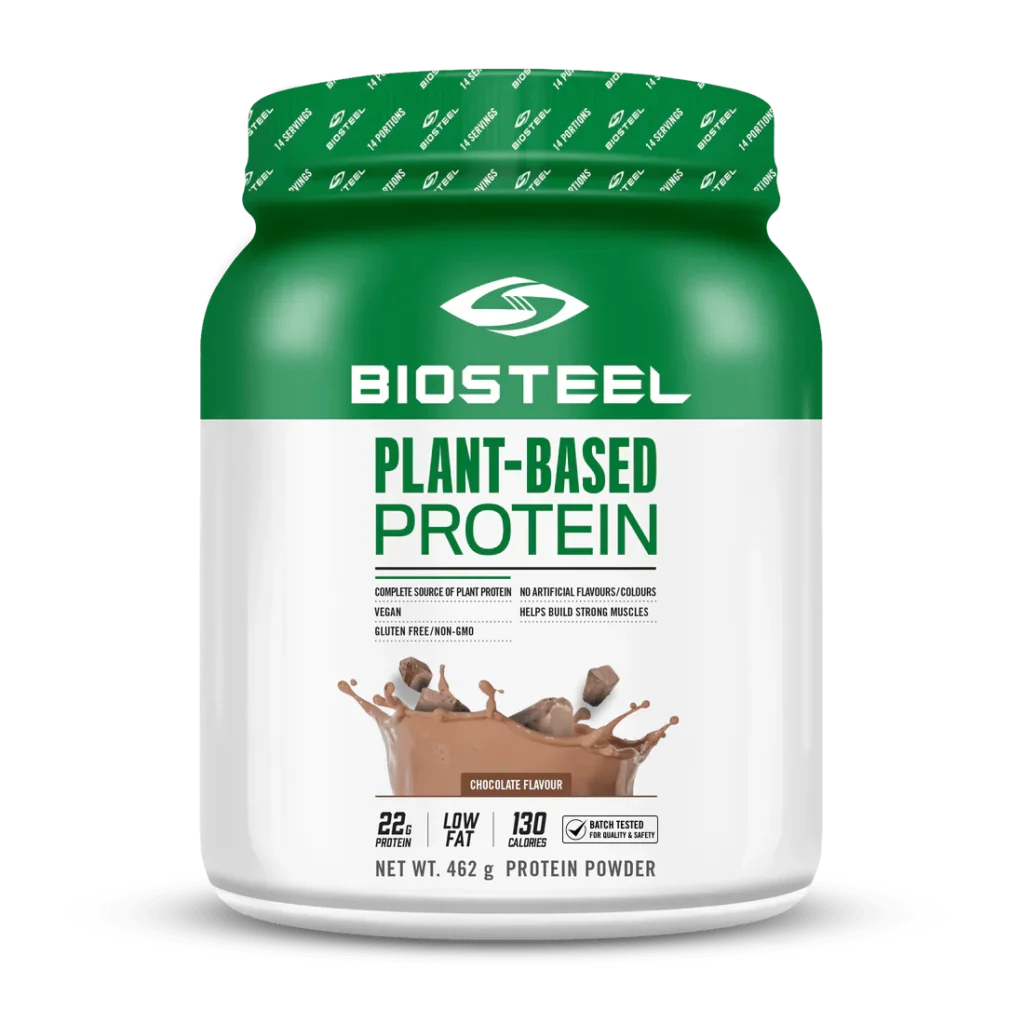
Dominant Protein Sources in the US Market:
The US approach is highly technological, focused on isolating and combining proteins to achieve specific sensory profiles.
- Pea Protein: The undisputed leader in the “next-generation” meat alternatives. Its neutral flavor, high protein content, and non-allergenic status made it the base for industry giants like Beyond Meat and Impossible Foods. Its functionality in creating fibrous, meat-like textures is unparalleled.
- Soy Protein: Still a massive player, primarily as soy protein isolate (SPI) and textured vegetable protein (TVP). It’s the cost-effective, high-protein workhorse for many brands, including MorningStar Farms and Boca. However, some consumers avoid it due to (largely unfounded) health concerns or GMO aversion.
- Fava Bean Protein: An emerging star. As a nitrogen-fixing crop, it has excellent sustainability credentials. Its flavor is cleaner than pea, and it’s gaining traction as a key blending component.
- Mycoprotein (Quorn): Though a UK import, Quorn has a strong US presence. This fungal-based protein is unique for its meat-like texture and high fiber content.
- Blends (Potato, Rice, Mung Bean): Innovation often comes from blends. Impossible Foods uses potato and soy protein for its burger structure. Just Egg uses mung bean protein to create a remarkably egg-like product, showcasing targeted innovation.
2. US vs. Europe: A Transatlantic Comparison of Philosophies and Markets
While the core trend is global, significant differences in consumer behavior, regulation, and product philosophy exist.
| Aspect | United States | Europe |
|---|---|---|
| Primary Driver | Health & Wellness | Sustainability & Environmentalism |
| Product Philosophy | “Meat-Mimicry” | “Whole-Food & Flexitarian” |
| Heavy focus on replicating the exact taste, texture, and “bleed” of animal meat. Products are often highly processed to achieve this. | A greater acceptance of products that are their own entity. Strong market for pulses, legumes, and traditional foods like falafel and seitan. | |
| Regulatory Landscape | Lax, Market-Driven | Strict, Precautionary Principle |
| Battles over labeling terms (“burger,” “milk”). The FDA operates largely on a post-market surveillance basis. | Stringent EU-wide Novel Food regulations. Heavily restricts gene-editing (GMOs). Labeling laws are stricter (e.g., “veggie disc” vs. “vegan burger” debate). | |
| Key Protein Sources | Pea, Soy (Isolates) | Fava, Sunflower, Hemp, Wheat (Seitan) |
| Reliance on purified protein isolates for functionality. | Greater use of whole foods and crops popular in regional diets (e.g., fava in the UK, sunflower in France). | |
| Consumer Perception | Protein-Centric | Ingredient-Centric |
| Marketing highlights protein content above all. | Consumers are more wary of long ingredient lists and E-numbers. “Clean-label” is a stronger demand. | |
| Market Maturity | Growth & Consolidation Phase | Mature & Diversified Phase |
| Following a gold-rush period, the market is now cooling and focusing on quality and cost. | A longer history of vegetarianism means the market is more stable and segmented. |
Analysis: The European market’s stricter regulations, particularly the Novel Food authorization process, act as both a barrier and a quality filter. It slows down innovation but can increase consumer trust. The US’s more laissez-faire approach has fueled rapid innovation and scale but has also led to a crowded market with variable quality and ongoing debates about the “healthiness” of ultra-processed plant-based meats.
See also: ultimate guide to gym supplements in US
3. Nutritional Review: Beyond the Marketing Hype
As an expert researcher, it is critical to distinguish between plant-based and whole-food plant-based.
- Fortification is Key: Most US meat analogues are fortified with nutrients absent in plants but present in meat, notably Vitamin B12, Zinc, and Iron. This is a positive public health measure.
- The Sodium & Fat Dilemma: To achieve palatability, many products are high in sodium and saturated fat (often from coconut or palm oil). While better for the planet, they may not always be a direct health upgrade over lean animal protein.
- Protein Quality: Plant proteins (except soy and pea are relatively complete) often lack one or more essential amino acids. However, the concept of “protein combining” at every meal is outdated. Eating a varied diet throughout the day provides all essential amino acids.
- Fiber Win: This is the undisputed nutritional victory. Plant-based proteins are inherently high in fiber, a nutrient critically lacking in the standard American diet.
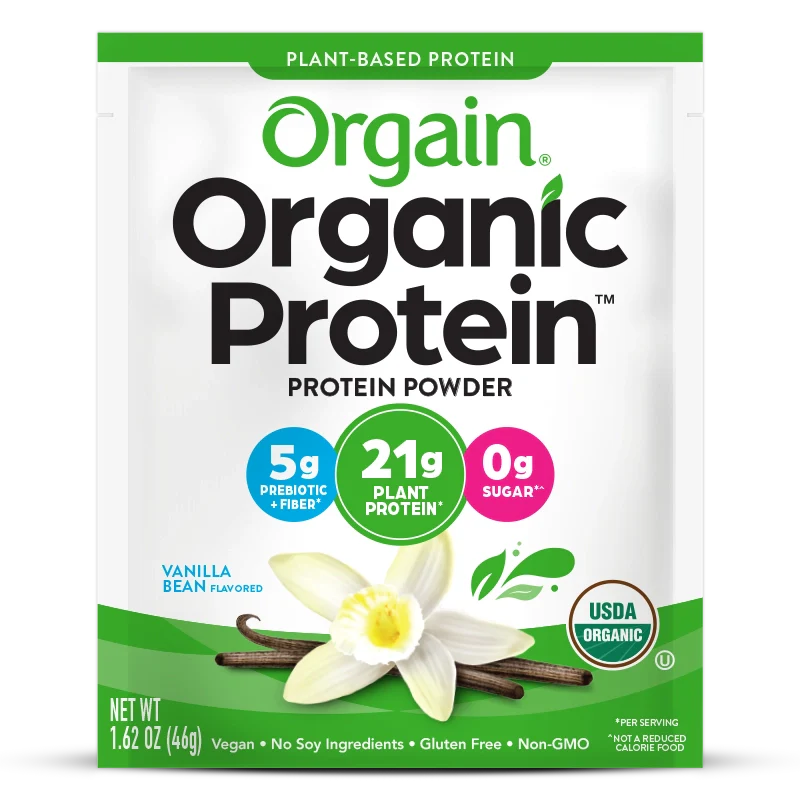
4. Challenges and Future Outlook for the US Market
The market faces headwinds after its initial boom.
- The Price Barrier: Plant-based meat is often significantly more expensive than conventional animal meat, limiting widespread adoption.
- The “Health Halo” Crack: As consumers become more educated, demand is growing for products with simpler ingredients and less processing.
- Taste and Texture Refinement: While impressive, some products still fall short of consumer expectations for consistent quality.
- Market Saturation & Consolidation: The field is crowded. We expect to see mergers, acquisitions, and brand failures as the market corrects.
The Future is Blended and Precision-Fermented. The next wave of innovation is already here:
- Blended Products: Meat/plant blends offer a gateway for flexitarians, improving sustainability and nutrition without a full sensory shift.
- Precision Fermentation: This technology programs microorganisms to produce real animal proteins (like whey or egg protein) without the animal. This transcends the “mimicry” debate altogether and represents the true next frontier. Perfect Day (animal-free dairy) is a leading example.
5. Final Conclusions and Research Summary
- The Shift is Real and Permanent: The plant-based protein movement in the USA is not a fad. It is a structural response to undeniable health, environmental, and ethical megatrends.
- Divergent Paths: The US and European markets are evolving on different trajectories. The US is a lab of high-tech, large-scale innovation, while Europe offers a case study in integrating plant-based eating into a traditional food culture with strong regulatory oversight.
- Nutrition is Nuanced: Whole plant foods (lentils, beans, tofu) remain the nutritional gold standard. While new analogues are effective for transitioning diets, the industry must address processing, sodium, and clean-label demands to win long-term trust.
- The Next Generation: The future belongs to technologies like precision fermentation and whole-cut meat alternatives (e.g., lab-grown steaks) that promise to decouple protein production from its environmental and ethical costs entirely.
The American food system is in the midst of a profound protein transition. While challenges remain, the relentless pace of innovation and shifting consumer values suggest that the plant-based protein sector will continue to grow, evolve, and play a central role in building a more sustainable and healthy future.
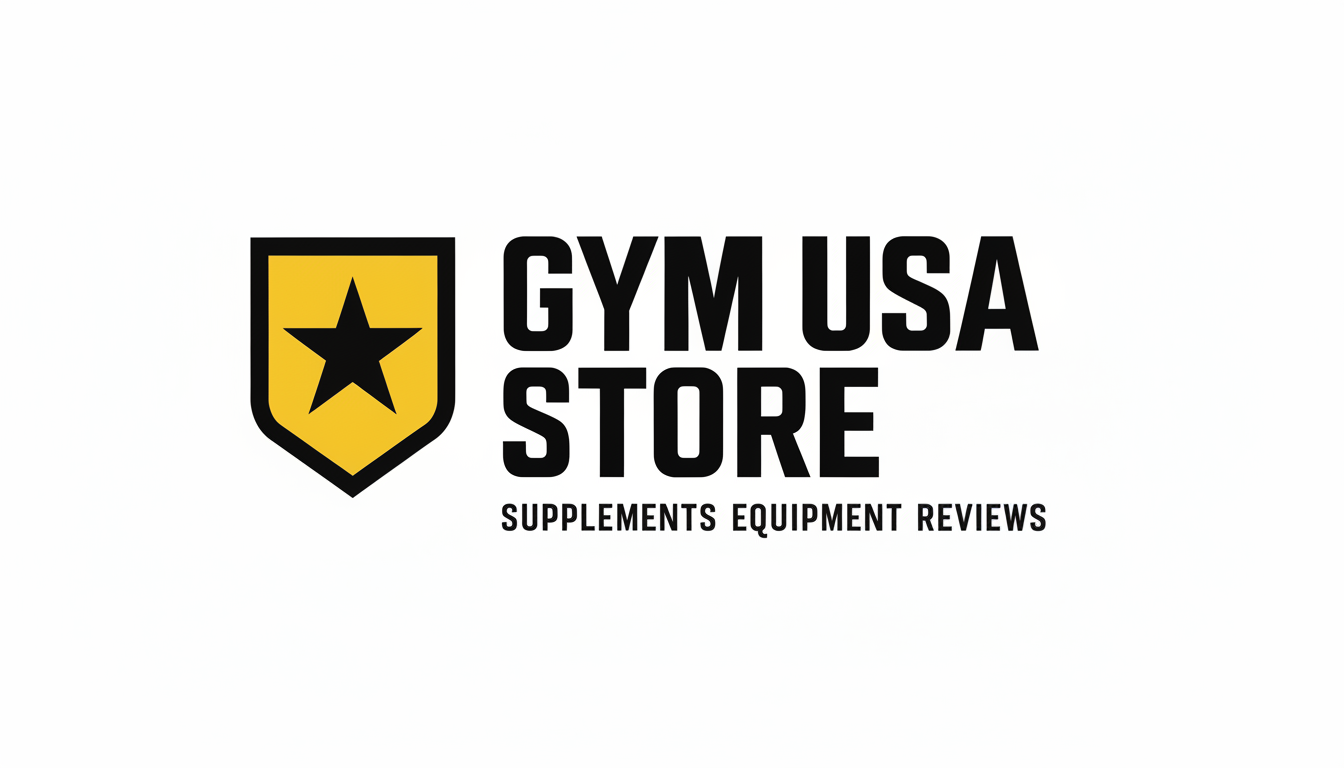
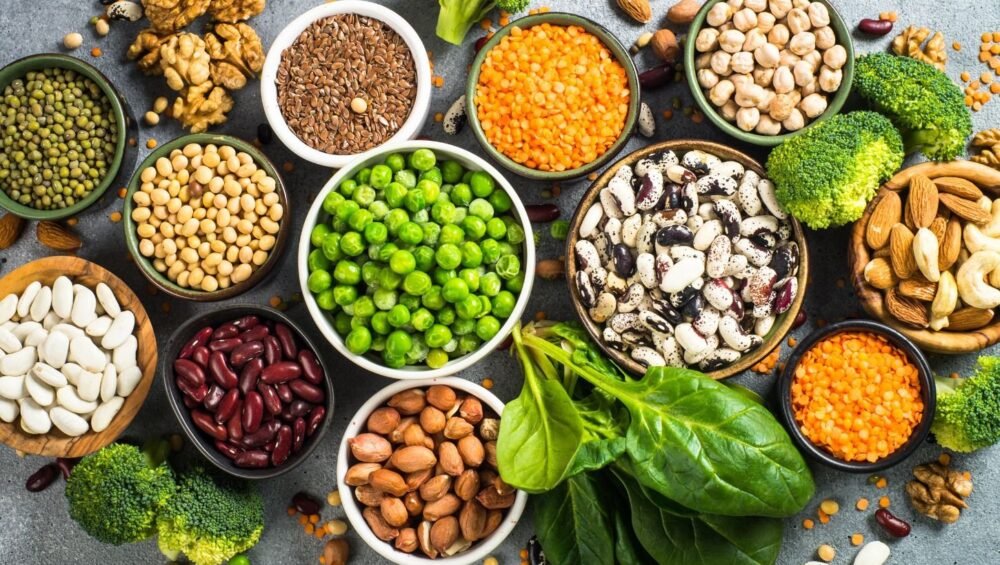
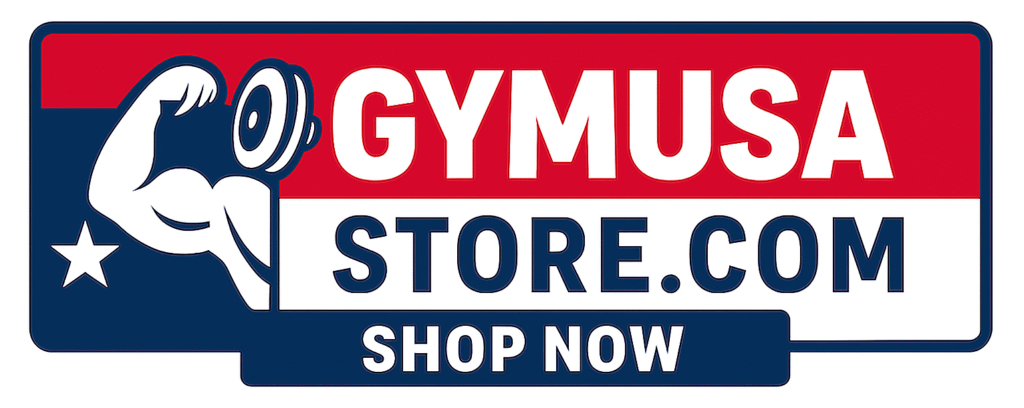
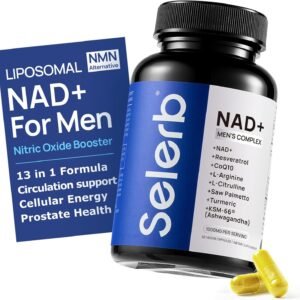
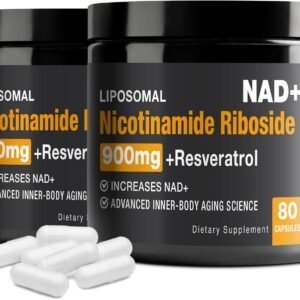
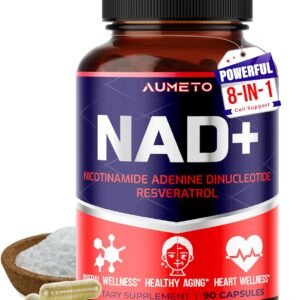

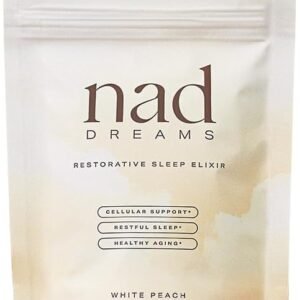
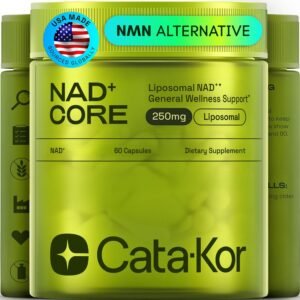
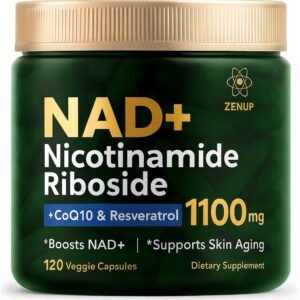
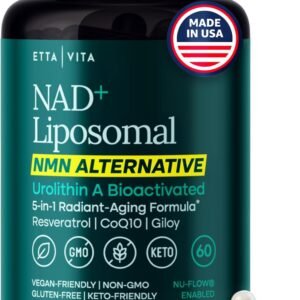



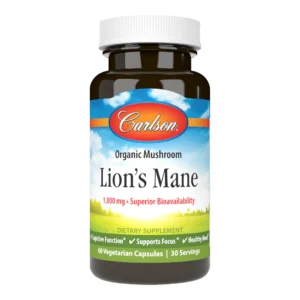








2 Comments
[…] after your workout, or use it to supplement your meals if you’re struggling to hit your daily protein […]
[…] See also: plant based proteins in gym training […]